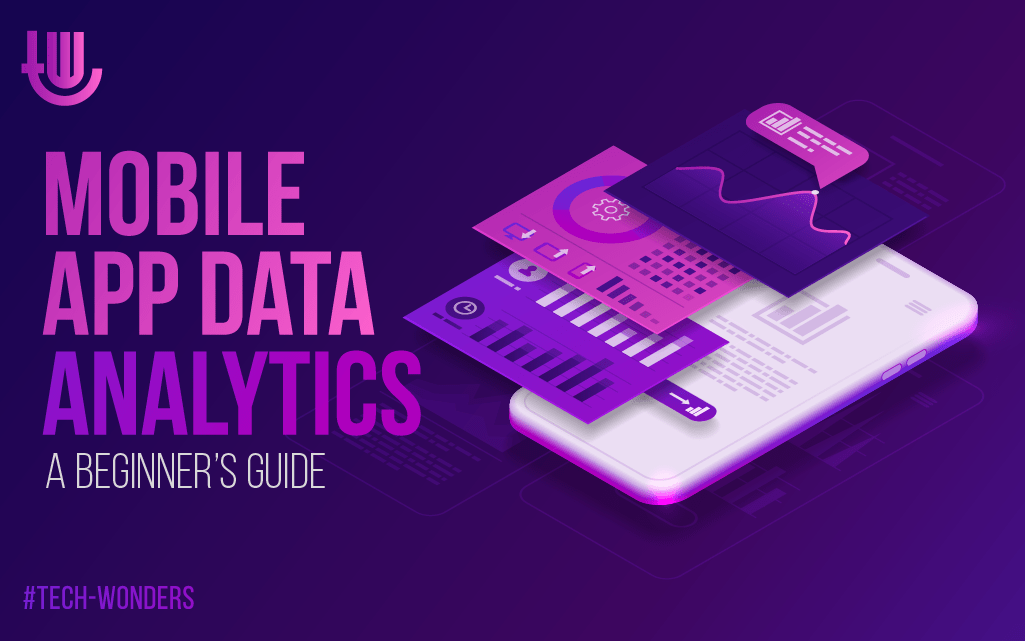
In this day and age, it’s almost impossible for a business to compete with others if it doesn’t have an online presence. In a bid to keep up with competition and optimize customer experience, many business owners are now turning to developing mobile apps.
Mobile apps are a great way to take your business to the next level. They make it easier to communicate with your customers. Besides, they allow you to collect and analyze user data which you can leverage to enhance your marketing campaigns.
In today’s article, we will break down a few tips to guide you as you analyze data from your business app.
Why is mobile app data analytics important?
Mobile app analytics allow you to see how well your app is performing. Analyzing data such as downloads and uninstallation rates will give you a clear picture of the number of people using your app, their location, age and other useful information.
Encouraging users to leave their feedback will also ensure you know exactly how they feel about the app. All this information will come in handy in maintaining and updating your app.
Knowing how the app is performing will also give you insights into its strengths and weaknesses, which you can then address accordingly.
Here are four crucial aspects you should consider when analyzing data from your app.
App downloads
Traditionally, the number of downloads an app got was an indicator of its success. This is not the case anymore.
While a high number of app downloads points to many people discovering your app, it’s not guaranteed that they will become lifetime users.
It’s important to figure out what each new download does for you and your business. For example, if you run a subscription-based model, more downloads could translate to more revenue. If you’re looking to perform better, collecting, analyzing, and interpreting this data will enable you to come up with a new strategy to bolster new download rates.
Retention rates
As we’ve just mentioned, users simply downloading your app isn’t enough. How many of them keep it installed on their devices, and how often do they use it?
Retention rate refers to the percentage of people that regularly use your app after installing it. Keeping track of uninstalls will help you figure out why your users abandoned ship, and the issues you need to fix.
Users generally uninstall apps for a host of reasons, some of which you may not know. In most cases, it’s because of poor development. For lag-free apps, only a few app development platforms beat Microsoft PowerApps when it comes to efficiency. If you ever consider using this route, we recommend that you find out more about PowerApps licensing first.
User Lifetime Value
User lifetime value are other metrics that you should pay attention to when analyzing your mobile app data. Known simply as LTV, it refers to the monetary gain brought by lifetime users of your app.
LTV can be evaluated periodically; say every fortnight, month or even half year. Knowing your app’s LTV allows you to project future numbers, and even figure out potential revenue streams.
App ratings and reviews analytics
Getting feedback from your users is critical to your app’s success. User feedback largely comes in two forms; ratings and reviews.
Ratings are based on a 5-star system; the more 5 star ratings an app has, the better it’s likely to be. Good ratings make it easier for prospective users to take the leap of faith.
Reviews are usually a written account by the user on the experience they’ve had with your app. Reading reviews is the surest way to know what’s working and what’s not. You could then address these issues when you update the app.
Using mobile app analytics to make decisions and create marketing strategies
Mobile app data is incredibly important to a business. How well you are able to analyze and utilize this data will determine how successful your app is.
Remember, good apps can put your brand out there and expose your business to people who otherwise would never have heard about it.
Business decisions ought to be backed by numbers and figures. For example, if metrics show that your app is doing great in one area and poorly in another, you may consider eliminating the latter. You could then dedicate future marketing efforts to ensuring that users in your strongholds become lifetime users.
When you channel the data your app provides you into your marketing campaign, your chances of seeing success increases dramatically.
Are you collecting and analyzing data from your mobile app? What are the possible areas of improvement and where is it doing well? Let us know your feedback below.